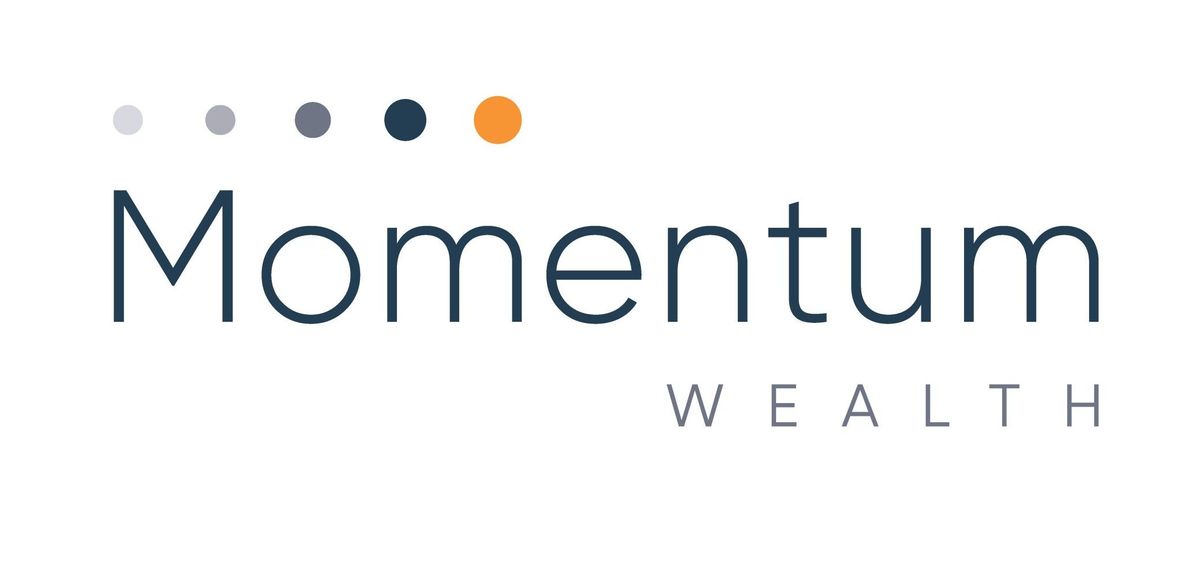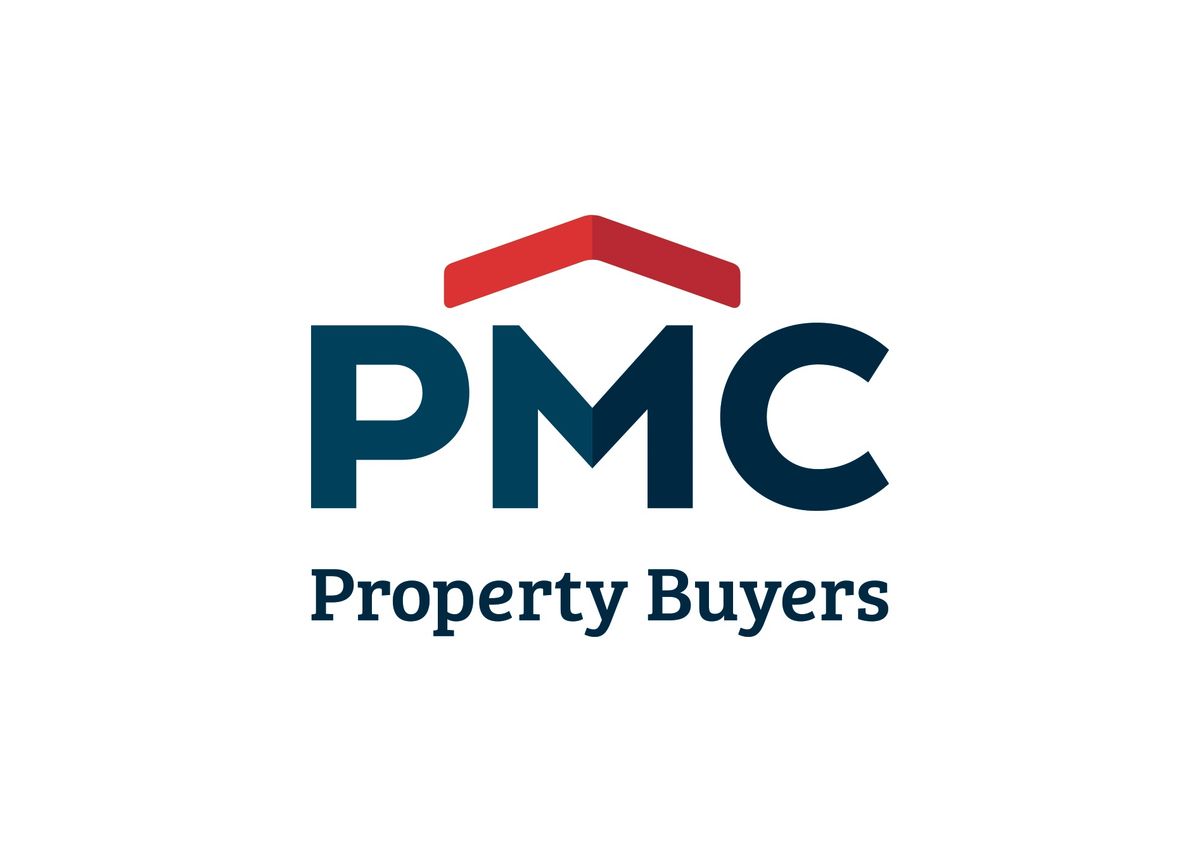Sustainability has moved from a niche concern to a mainstream priority in Australia's property market. As climate awareness grows and energy costs continue to rise, sustainable housing has emerged as one of the hottest trends in real estate for 2025. This shift is creating significant opportunities for investors, while changing how homebuyers evaluate properties and how developers approach new projects.
This comprehensive guide explores the sustainable housing landscape in Australia, examining current trends, investment opportunities, and what buyers should know when considering eco-friendly properties.
Why Sustainable Housing is Booming in 2025
Economic Drivers
The economic case for sustainable housing has never been stronger:
- Rising energy costs: With electricity prices increasing by an average of 18% across Australia in the past year, energy-efficient homes offer significant ongoing savings.
- Increased property values: Sustainable homes are commanding premium prices, with research showing green-certified properties selling for 9-11% more than conventional equivalents.
- Lower operating costs: Energy-efficient homes can reduce utility bills by 25-30% compared to standard constructions.
Policy and Regulatory Changes
Government initiatives are accelerating the transition to sustainable housing:
- The National Construction Code's 2025 updates have strengthened energy efficiency requirements for all new builds
- State governments have introduced rebates and incentives for sustainable renovations
- Many local councils now fast-track approvals for developments meeting advanced sustainability criteria
"The regulatory landscape has fundamentally shifted. Sustainability is no longer optional—it's becoming embedded in building codes and planning requirements across Australia." - Australian Housing Institute, 2025 Sustainability Report
Consumer Demand
Market research shows changing buyer preferences:
- 73% of Australian homebuyers now consider energy efficiency an important factor in purchasing decisions
- 68% are willing to pay more for homes with proven sustainability features
- 82% of millennials and Gen Z buyers rank sustainability among their top five priorities when house hunting
Top Sustainable Housing Trends in Australia for 2025
1. Net Zero Energy Homes
Net zero energy homes—which produce as much energy as they consume—are gaining significant traction:
- Major developers like Mirvac and Stockland have committed to making all new residential projects net zero by 2028
- The number of net zero certified homes has increased by 145% since 2023
- Battery storage integration is becoming standard in premium sustainable homes
2. Passive House Design
The Passive House standard, with its focus on superior insulation and airtight construction, is seeing rapid adoption:
- Australia now has over 350 certified Passive House projects, up from just 75 in 2022
- Passive House designs are reducing heating and cooling needs by up to 90%
- Construction costs for Passive House buildings have decreased as expertise and materials become more widely available
3. Biophilic Design and Urban Greening
Integrating nature into building design has moved beyond aesthetics to become a key sustainability feature:
- Green roofs and vertical gardens are increasingly common in urban developments
- Internal courtyards and natural ventilation systems are being prioritised in new designs
- Developments with significant green space are commanding price premiums of 15-20%
4. Smart Home Technology for Sustainability
Technology is enabling unprecedented control over home energy use:
- AI-powered energy management systems are becoming standard in premium new builds
- Smart water systems are reducing consumption by up to 40%
- Real-time energy monitoring is helping homeowners optimize their usage patterns
5. Sustainable Building Materials
The materials used in construction are evolving rapidly:
- Mass timber construction has grown by 230% since 2022
- Recycled and upcycled building materials are becoming mainstream
- Low-carbon concrete alternatives are reducing the embodied carbon of new constructions
Investment Opportunities in Sustainable Housing
1. Green Development Projects
Investing in sustainable development projects offers significant potential returns:
- Green-certified developments are experiencing 15-20% faster sales rates than conventional projects
- Sustainability-focused developers are reporting stronger investor interest and capital raising success
- Joint ventures between traditional developers and sustainability specialists are creating innovative investment structures
2. Retrofitting Existing Properties
The renovation market presents compelling opportunities:
- Energy efficiency retrofits are delivering ROIs of 15-25% through increased property values
- Government incentives are reducing payback periods for major sustainability upgrades
- Specialized "green renovation" companies are emerging as attractive investment targets
3. Sustainable Property Funds
Dedicated investment vehicles are making green property more accessible:
- Several major Australian REITs have launched sustainability-focused sub-funds
- Green bonds tied to sustainable housing projects are offering competitive yields
- Impact investment funds specializing in affordable, sustainable housing are attracting significant capital
Top Locations for Sustainable Housing Investment
Metropolitan Areas
- Melbourne's Inner North (VIC)
Suburbs like Brunswick and Northcote are leading the charge with community renewable energy projects and sustainable apartment developments. - Sydney's Eastern Suburbs (NSW)
Areas like Randwick and Waverley are benefiting from council-led sustainability initiatives and strong demand for green homes. - Brisbane's Western Corridor (QLD)
Suburbs including Indooroopilly and Toowong are seeing significant sustainable development activity, supported by university research partnerships.
Regional Hotspots
- Byron Bay and Northern Rivers (NSW)
This region continues to attract sustainability-focused buyers and developers, with several award-winning eco-communities. - Surf Coast (VIC)
Towns like Torquay and Anglesea are emerging as hubs for sustainable design, with strict eco-development guidelines driving innovation. - Sunshine Coast Hinterland (QLD)
This region is seeing growing interest in off-grid and self-sufficient properties, with several new eco-villages under development.
What Buyers Should Look For in Sustainable Properties
Key Features That Add Value
When evaluating sustainable properties, focus on features with proven value:
- Solar systems with battery storage: Properties with integrated solar and battery systems are commanding premiums of 5-7%.
- High-performance insulation and glazing: These fundamental elements significantly reduce energy consumption and improve comfort.
- Water efficiency systems: Rainwater harvesting, greywater recycling, and smart irrigation can reduce water bills by up to 50%.
- Certifications and ratings: Look for recognized standards like Green Star, NatHERS 8+ stars, and Passive House certification.
- Sustainable materials: Low-VOC finishes, responsibly sourced timber, and recycled materials contribute to healthier living environments.
Red Flags to Watch For
Be wary of properties with these issues:
- Greenwashing: Some developers make sustainability claims without substance—always verify certifications.
- Poor orientation: Even with green features, a home with poor solar orientation will never perform optimally.
- Outdated systems: Early-generation sustainable technologies may require costly upgrades.
- Incompatible retrofits: Ensure that sustainable additions are appropriate for the building's original design.
- Lack of documentation: Proper commissioning documents and user guides are essential for maintaining sustainable systems.
The Role of Buyer Agents in Sustainable Property Acquisition
Navigating the sustainable property market requires specialized knowledge. A buyer agent with expertise in green buildings can:
- Verify sustainability claims and certifications
- Assess the quality and performance of eco-friendly features
- Identify properties with the best combination of sustainability and investment potential
- Connect you with specialists for proper due diligence on sustainable systems
- Negotiate based on the true value of green features
Find a buyer agent with sustainable property expertise to guide your purchase decision.
Financing Green Property Purchases
The financial landscape for sustainable property is evolving rapidly:
- Green home loans: Major banks now offer discounted interest rates for properties meeting sustainability criteria, with rate reductions of 0.10-0.20%.
- Energy efficiency mortgages: These specialized products allow borrowers to include the cost of energy improvements in their mortgage.
- Government incentives: Federal and state programs offer rebates, tax incentives, and grants for sustainable features.
- Utility company programs: Many energy providers offer incentives for homes that reduce grid demand.
Future Outlook: Where Sustainable Housing is Headed
Looking beyond 2025, several trends are likely to shape the sustainable housing market:
- Mandatory disclosure: Energy efficiency ratings are likely to become mandatory at point of sale nationwide.
- Embodied carbon focus: Attention is shifting to the carbon footprint of construction materials and processes.
- Resilience planning: Climate adaptation features will become as important as mitigation measures.
- Community-scale solutions: Neighborhood battery systems and microgrids will complement individual home systems.
- Circular economy integration: Design for disassembly and material reuse will become more prominent.
Conclusion: The Investment Case for Sustainable Housing
The convergence of economic benefits, regulatory changes, and consumer preferences makes sustainable housing one of the most compelling property investment opportunities in Australia for 2025 and beyond.
For investors, the value proposition is clear: properties with strong sustainability credentials are delivering superior returns through higher rents, increased property values, lower vacancy rates, and reduced operating costs.
For homebuyers, sustainable properties offer lower running costs, healthier living environments, and greater resilience against rising energy prices and climate impacts.
As the market continues to evolve, early movers in the sustainable housing space stand to benefit from both financial returns and positive environmental impact. Whether you're an investor looking to green your portfolio or a homebuyer seeking a future-proof property, sustainable housing represents not just a trend, but a fundamental shift in how we value real estate.
Ready to explore sustainable property opportunities? Contact our team of expert buyer agents who specialise in identifying high-performing green properties across Australia.








